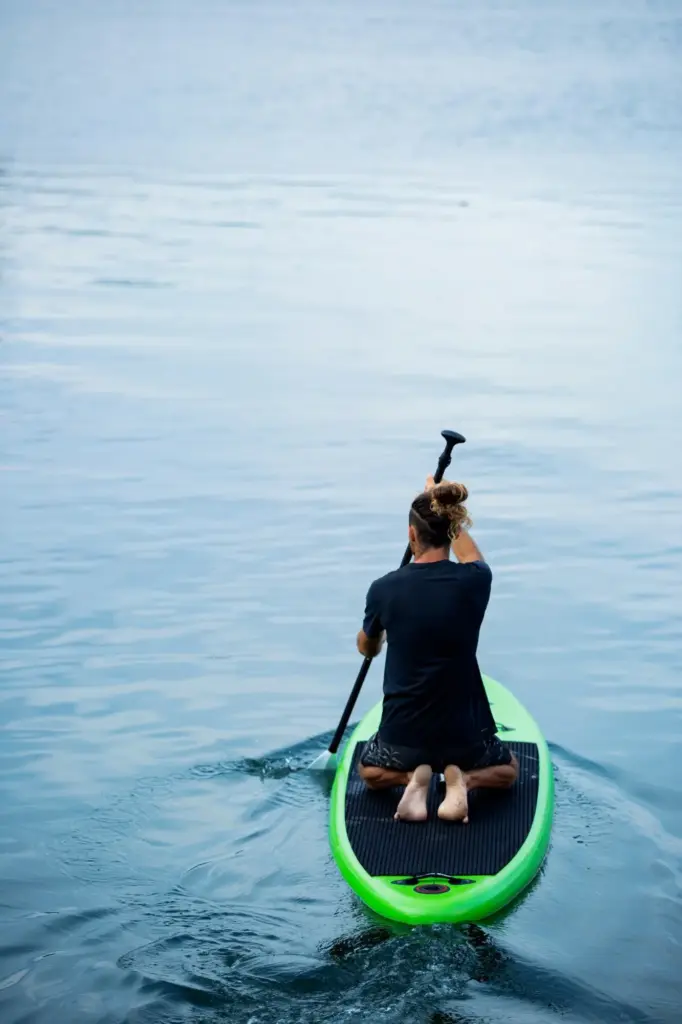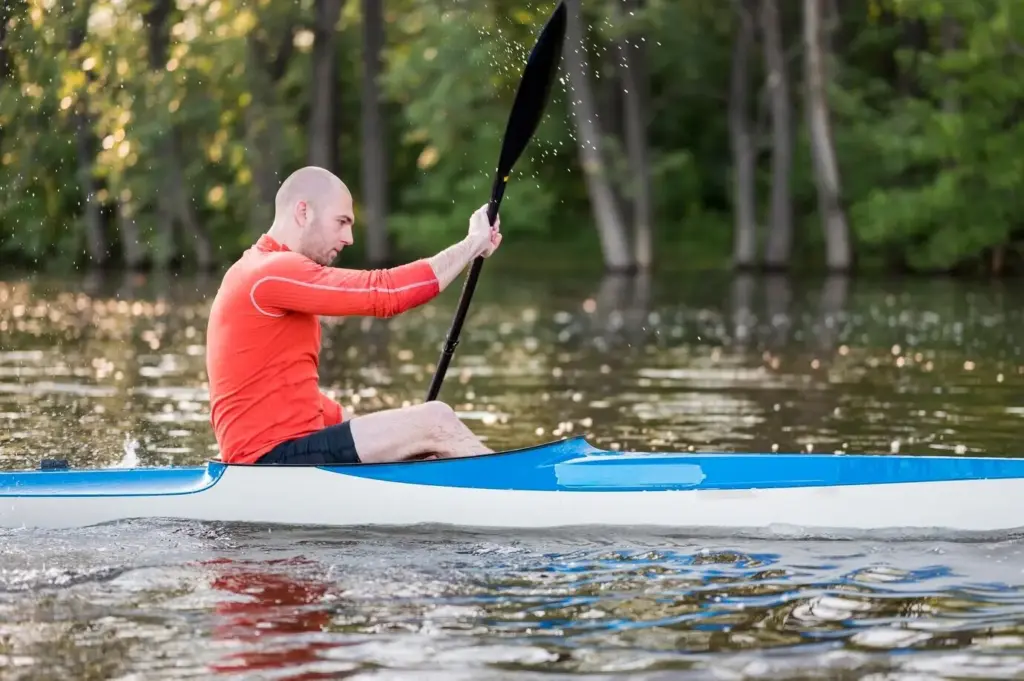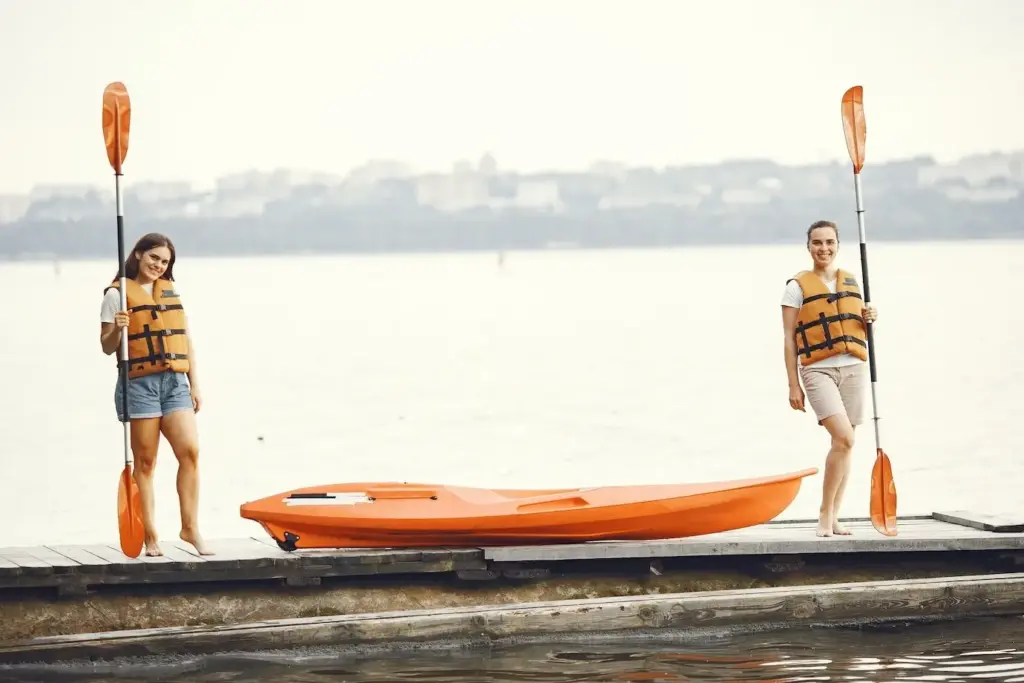Gear That Glides: Smart Choices for Safer, Smoother Days on the Water
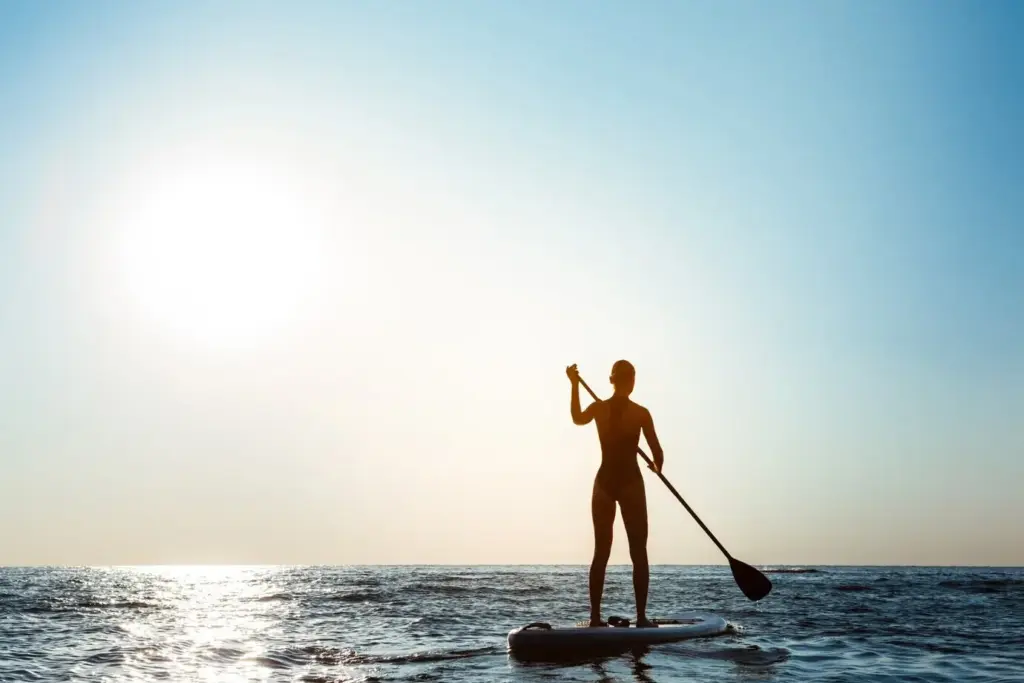
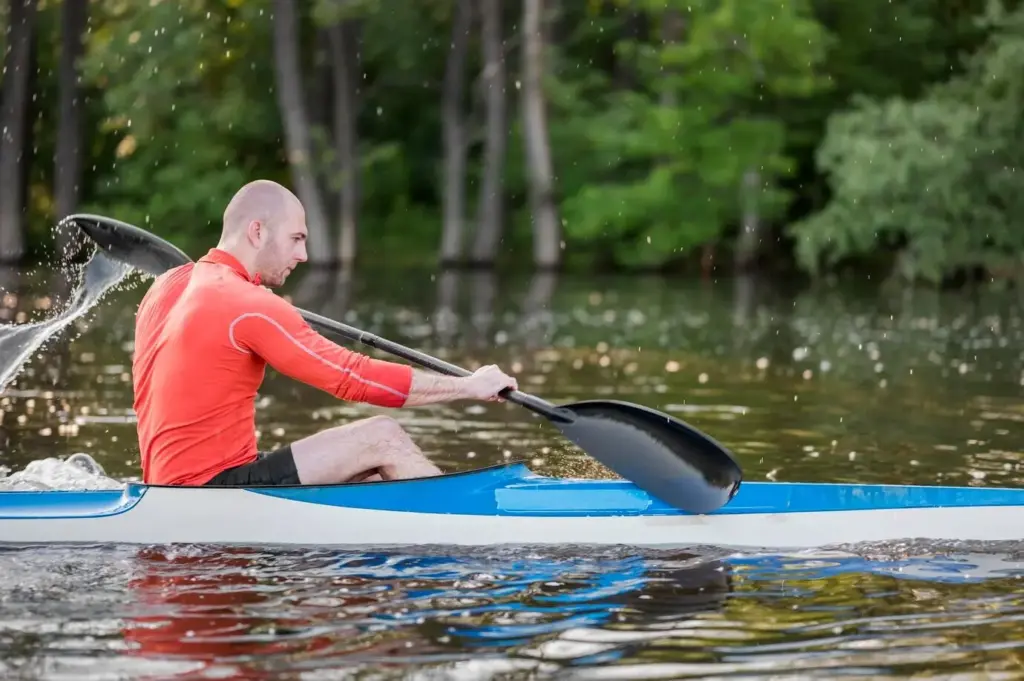
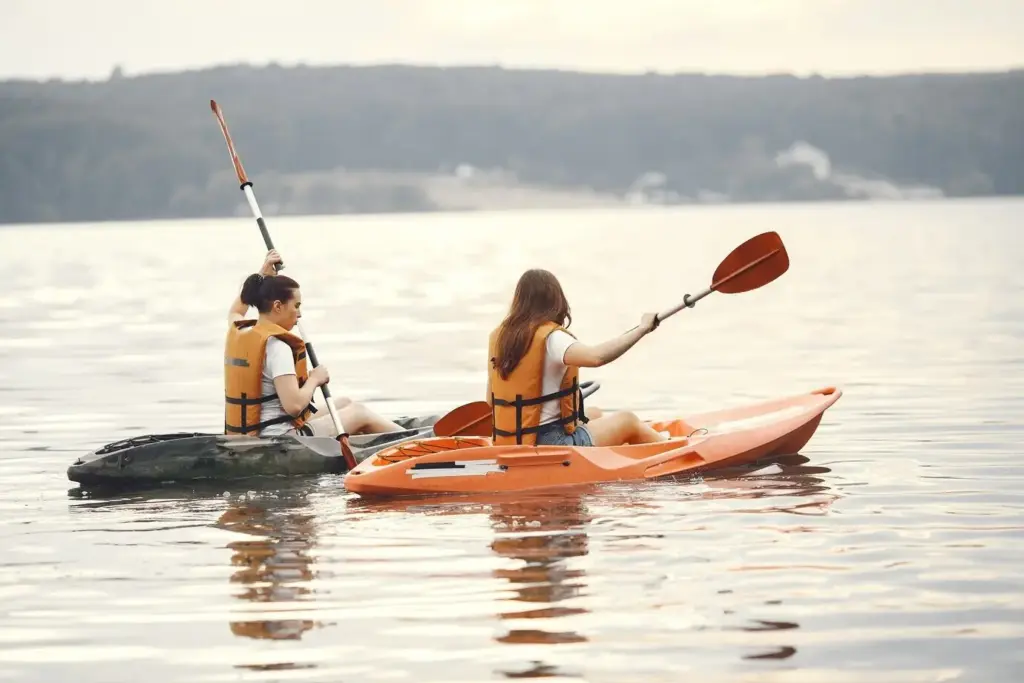
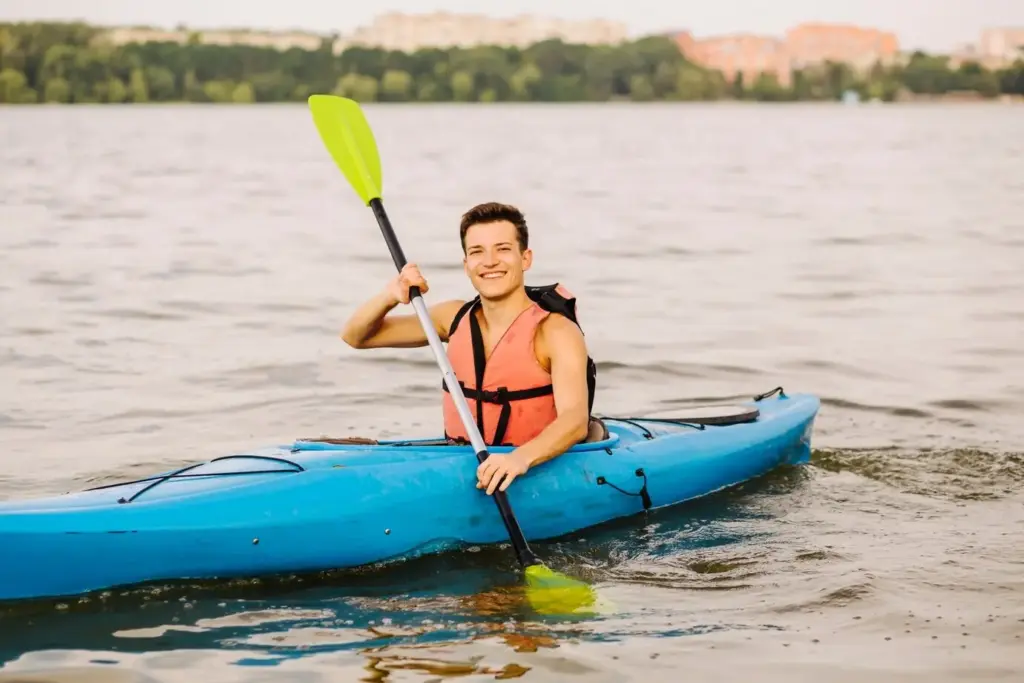
Grip the Water with Confidence
Care Rituals That Keep Paddles Alive
Wear Safety That Feels Invisible

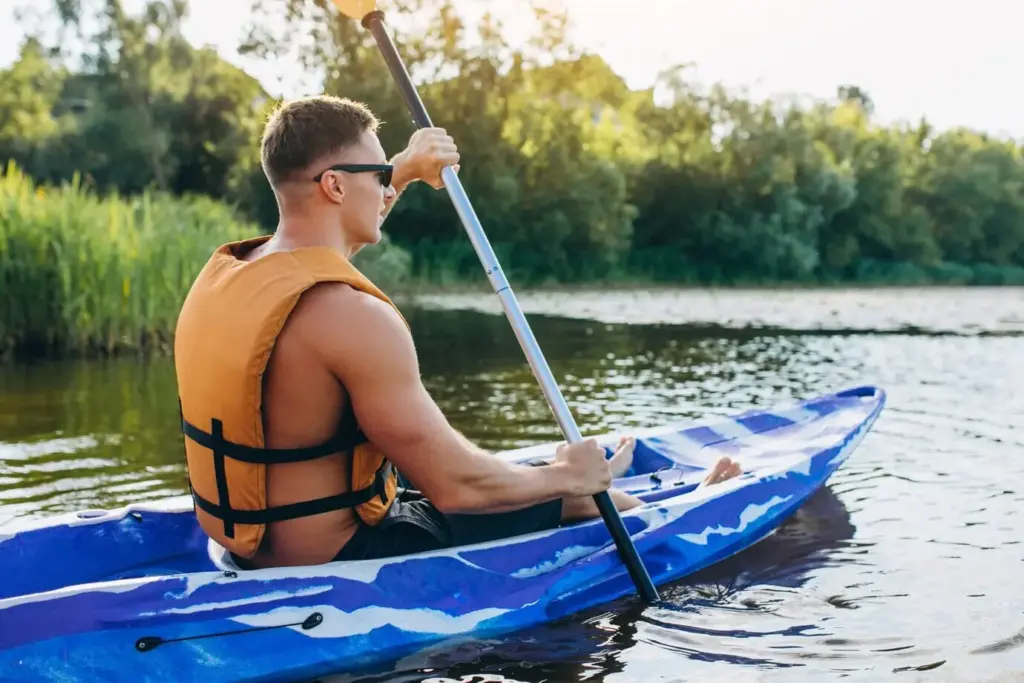
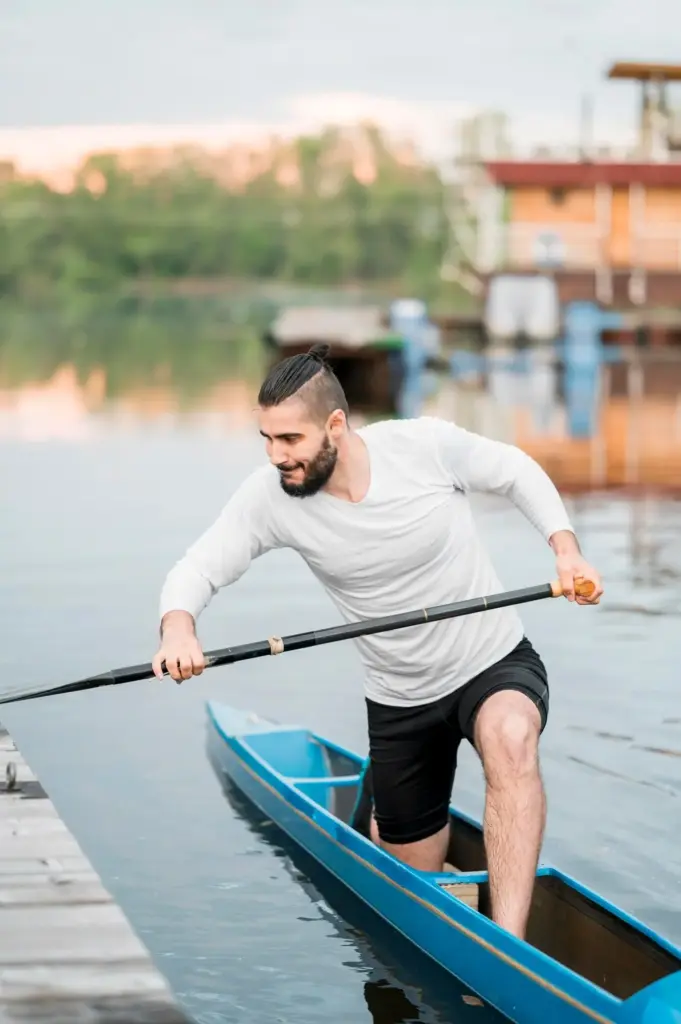

Polyethylene and Thermoform: Rugged Convenience Explained
Composites: Stiffness, Speed, and Careful Handling
Repair, Storage, and Transport Without Drama
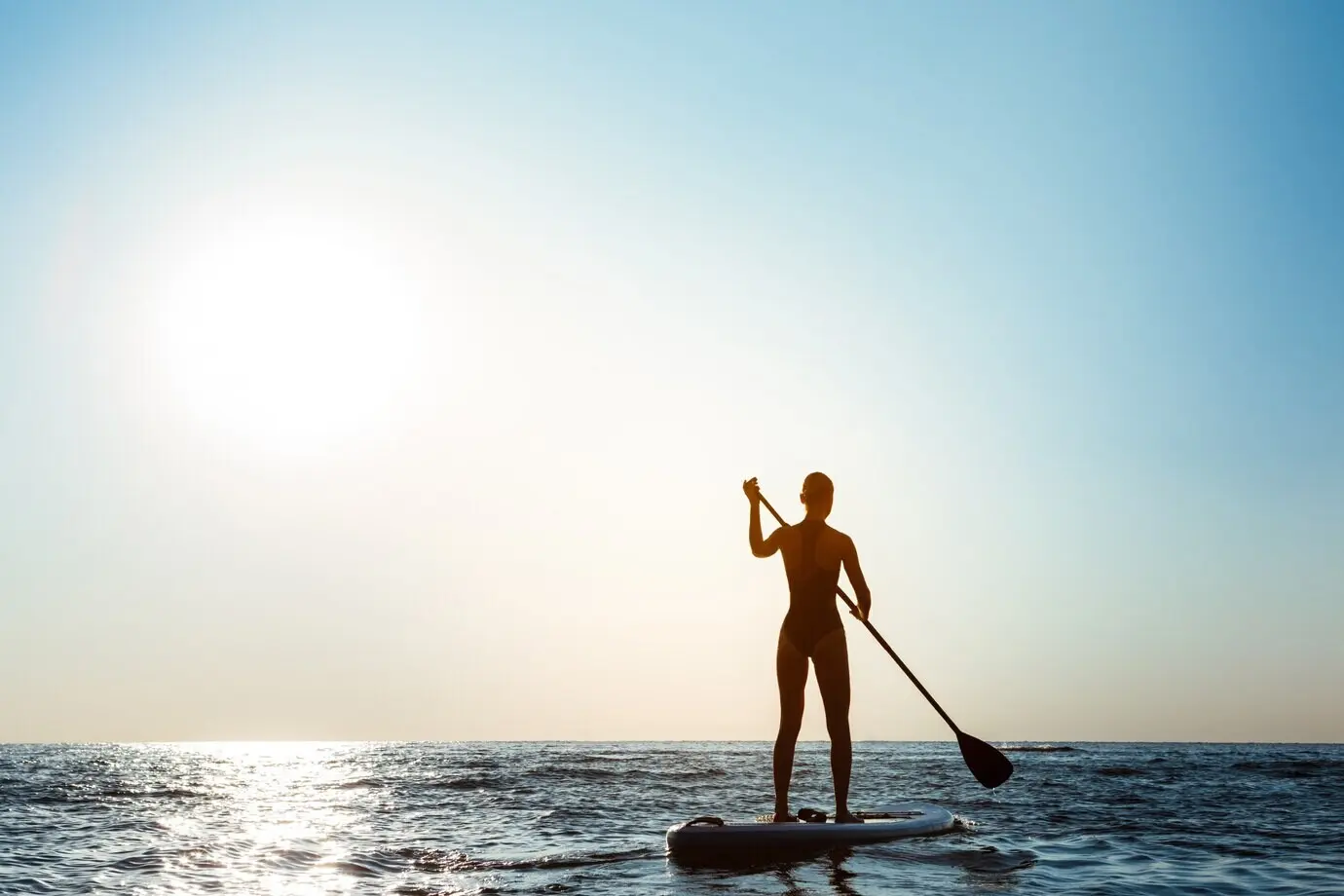
Field Fixes You Can Trust When Miles from Help
A scrap of fiberglass cloth, two-part epoxy, alcohol wipes, and duct tape become heroes after a rock kiss. Heat-stake polyethylene carefully with aluminum foil shielding. Record repairs immediately, and invite partners to learn; shared skills turn emergencies into calm, competent teamwork.
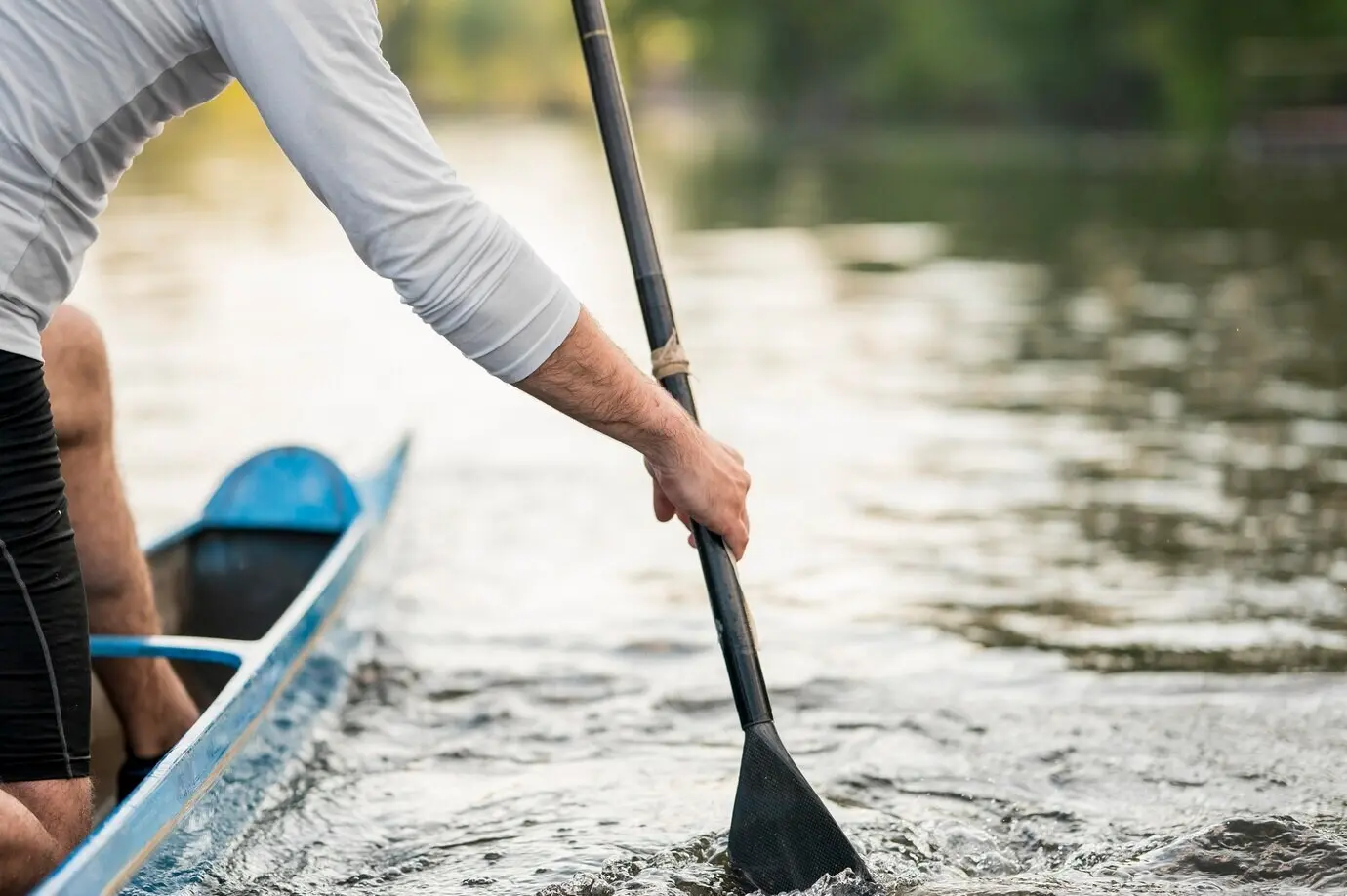
Off-Season Storage that Prevents Sad Surprises
Rinse thoroughly, dry completely, and open hatches to vent moisture. Support hulls on wide slings, not narrow bars that imprint flats. Loosen PFD straps, unclip buckles, and store paddles separated. Label bins with spares so spring departures feel organized, light, and eager.

Car Racks, Straps, and Dock Etiquette That Save Gear
Use cam straps snug, not crushing; twist the tail to stop hum. Tie bow and stern lines to solid points, not plastic bumpers. At docks, lift, never drag; call out movements. Little courtesies prevent gouges, fines, and awkward apologies to friends or strangers.
Environmental Care and Gear Longevity
Freshwater, Salt, and Sun: Adapting Care to Conditions
Brackish creeks corrode hardware faster than clear lakes; tropical sun cooks plastics mercilessly. Adjust rinsing frequency, UV protection, and inspection depth to the day’s realities. A simple spray bottle at the car can save ferrules, buckles, and thwart oxidation between longer cleanings.
Choosing Durable Gear to Reduce Waste and Cost
Buy once, cry once works when paired with maintenance. Favor replaceable parts, proven fabrics, and repairable constructions. Track costs per trip; longevity beats flashy features. Ask makers for schematics and spares, and tell us which brands honored warranties when currents turned rough.
Community Repair Nights and Sharing Knowledge
Host meetups where epoxy fumes mingle with laughter, and blades dry beside cookies. Teach heat-gun safety, patch practice, and stain removal. Share failures as generously as fixes, invite newcomers, and help build a paddling culture where gear lives long, adventure wider.
All Rights Reserved.
